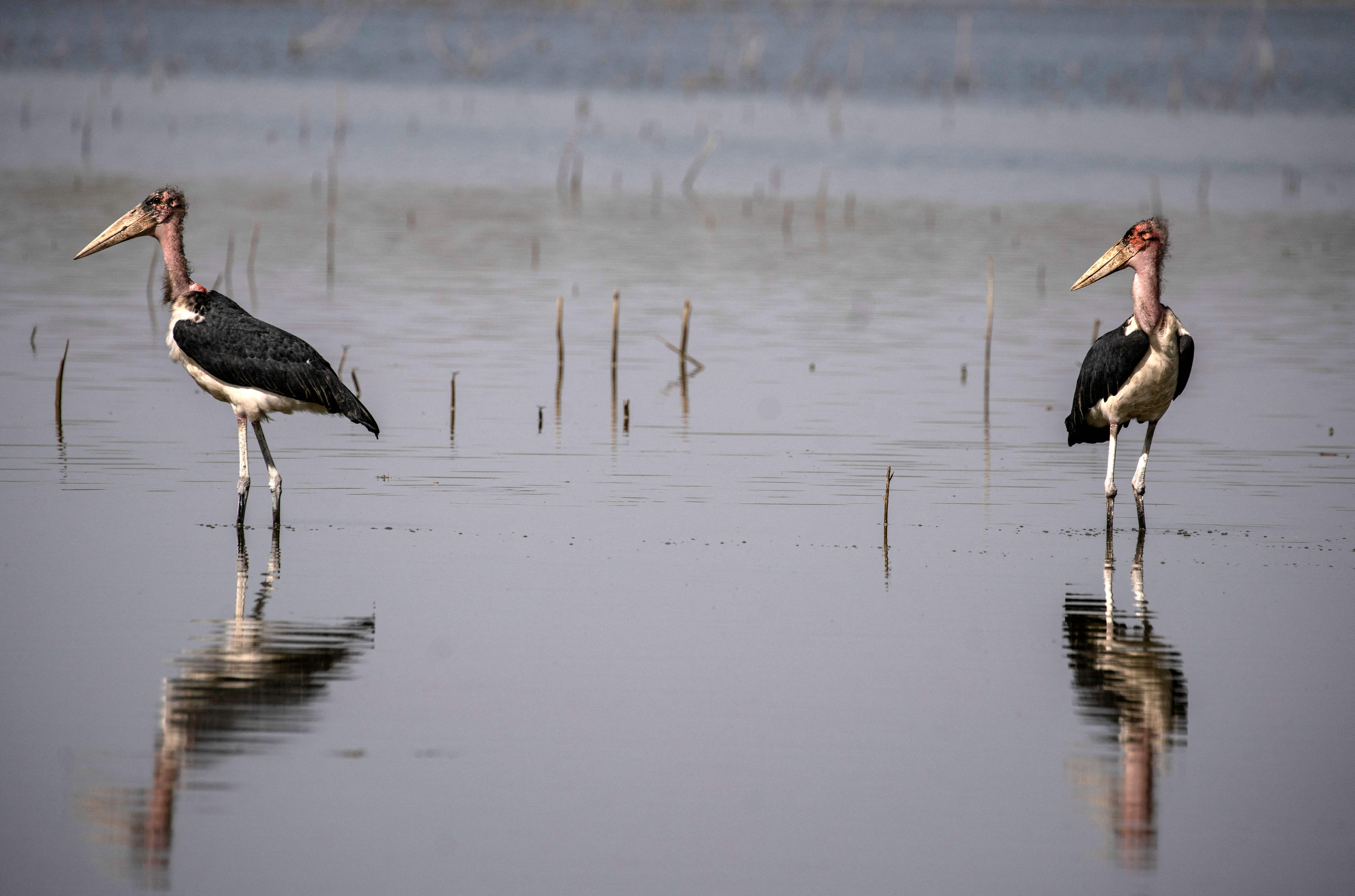Birds in the wild outnumber humans by six to one, study finds
Study uses AI to assess data from citizen science efforts and published literature on 9,700 bird species

Your support helps us to tell the story
From reproductive rights to climate change to Big Tech, The Independent is on the ground when the story is developing. Whether it's investigating the financials of Elon Musk's pro-Trump PAC or producing our latest documentary, 'The A Word', which shines a light on the American women fighting for reproductive rights, we know how important it is to parse out the facts from the messaging.
At such a critical moment in US history, we need reporters on the ground. Your donation allows us to keep sending journalists to speak to both sides of the story.
The Independent is trusted by Americans across the entire political spectrum. And unlike many other quality news outlets, we choose not to lock Americans out of our reporting and analysis with paywalls. We believe quality journalism should be available to everyone, paid for by those who can afford it.
Your support makes all the difference.A new study to assess the population of birds in the wild has found there could be close to 50 billion individuals around the world – about six for every human on Earth.
The research, published in the journal PNAS, applied citizen science and an artificial intelligence algorithm to estimate the abundance of each of the 9,700 known bird species, including flightless avians like the emu and penguin, currently in the wild.
According to the team of scientists, including those from the University of New South Wales (UNSW) in Australia, the study was able to compile a dataset covering almost all (92 per cent) bird species currently alive.
“Humans have spent a great deal of effort counting the members of our own species - all 7.8 billion of us. This is the first comprehensive effort to count a suite of other species,” study co-author Will Cornwell, an ecologist at UNSW, said in a statement.
The results revealed that only four species belonged to what the researchers call “the billion club” – birds with an estimated global population of over a billion.
The house sparrow tops this exclusive group with an estimated population of 1.6 billion, the study found.
The other three species in “the billion club” include the European starling (1.3 billion), the ring-billed gull (1.2 billion) and the barn swallow (1.1 billion).
At the other end of the spectrum, the scientists say around 12 per cent of the species included in the study are highly endangered, with just 5,000 individuals or less remaining in the wild. Among them are the Chinese crested tern, the noisy scrub-bird, and the invisible rail.
“It was surprising that only a few species dominate the total number of individual birds in the world,” study co-author Corey Callaghan, who is currently based at the German Centre for Integrative Biodiversity Research (iDiv) Halle-Jena-Leipzig, said in a statement.
In the research, the scientists combined data from close to a billion bird sightings logged on eBird – an online database of bird observations from citizen scientists – along with data from detailed case studies where available.
They then developed an AI algorithm to estimate the actual global population of each of the bird species.
While there were geographical sampling biases in some places across the world, the scientists say the findings “represent the best-available data we currently have for many species.”
Some data bias from the method may come as citizen scientists who document the sightings of birds tend to seek out rarer species, and in some cases a species is so rare the individual birds are rarely spotted, the researchers said.
“While this study focuses on birds, our large-scale data integration approach could act as a blueprint for calculating species-specific abundances for other groups of animals,” Dr Callaghan said.
The scientists believe similar efforts to estimate the global bird population across species need to be repeated and refined to keep tabs on biodiversity especially as human-caused changes to the world continue to intensify.
“We’ll be able to tell how these species are faring by repeating the study in five or 10 years. If their population numbers are going down, it could be a real alarm bell for the health of our ecosystem,” Dr Cornwell said.
Join our commenting forum
Join thought-provoking conversations, follow other Independent readers and see their replies
Comments